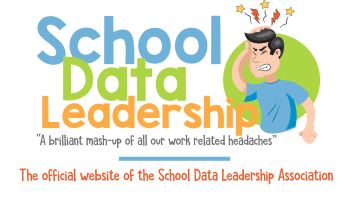Standard 4 - Planning Instruction and Designing Learning Experiences for All Students
Teachers use knowledge of students' academic readiness, language proficiency, cultural background, and individual development to plan instruction. They establish and articulate goals for student learning. They develop and sequence long-term and short-term instructional plans to support student learning. Teachers plan instruction that incorporates appropriate strategies to meet the diverse learning needs of all students. They modify and adapt instructional plans to meet the assessed learning needs of all students.
4.2 Establishing and articulating goals for student learning
As teachers develop, they may ask, “How do I…” or “Why do I…”
Build on the strengths, interests, and needs of all students to establish high expectations for learning
Guidance: Conduct interest inventories and learning profiles. Use strength-based planning and student goal-setting to co-create high expectations tailored to each learner.
Establish long-term and short-term goals based on standards and student needs
Guidance: Use standards unpacking to set enduring understandings and daily learning targets. Connect formative assessments to short-term goals and align units with summative benchmarks.
Determine learning goals that address all students' language abilities and diverse needs
Guidance: Write dual objectives that include academic content and language goals. Use differentiation frameworks and inclusive practices to support IEPs, ELs, and gifted learners.
Establish learning goals that address school, district, and community expectations
Guidance: Align classroom objectives with site LCAP goals, MTSS frameworks, and SEL outcomes. Reflect local values and incorporate real-world applications.
Work with students and families to establish learning goals
Guidance: Hold goal-setting conferences, send home academic check-ins, and encourage students to reflect on their own aspirations and areas for growth.
Develop goals that prepare students for transition to their next learning environment
Guidance: Integrate college and career readiness skills, digital citizenship, and executive functioning into your goal structure. Include cross-grade articulation when planning long-term goals.
Communicate clear, challenging, and achievable expectations for students
Guidance: Use "I can" statements, posted objectives, rubrics, and exemplars. Review and revisit goals throughout a unit to maintain focus and build student agency.
